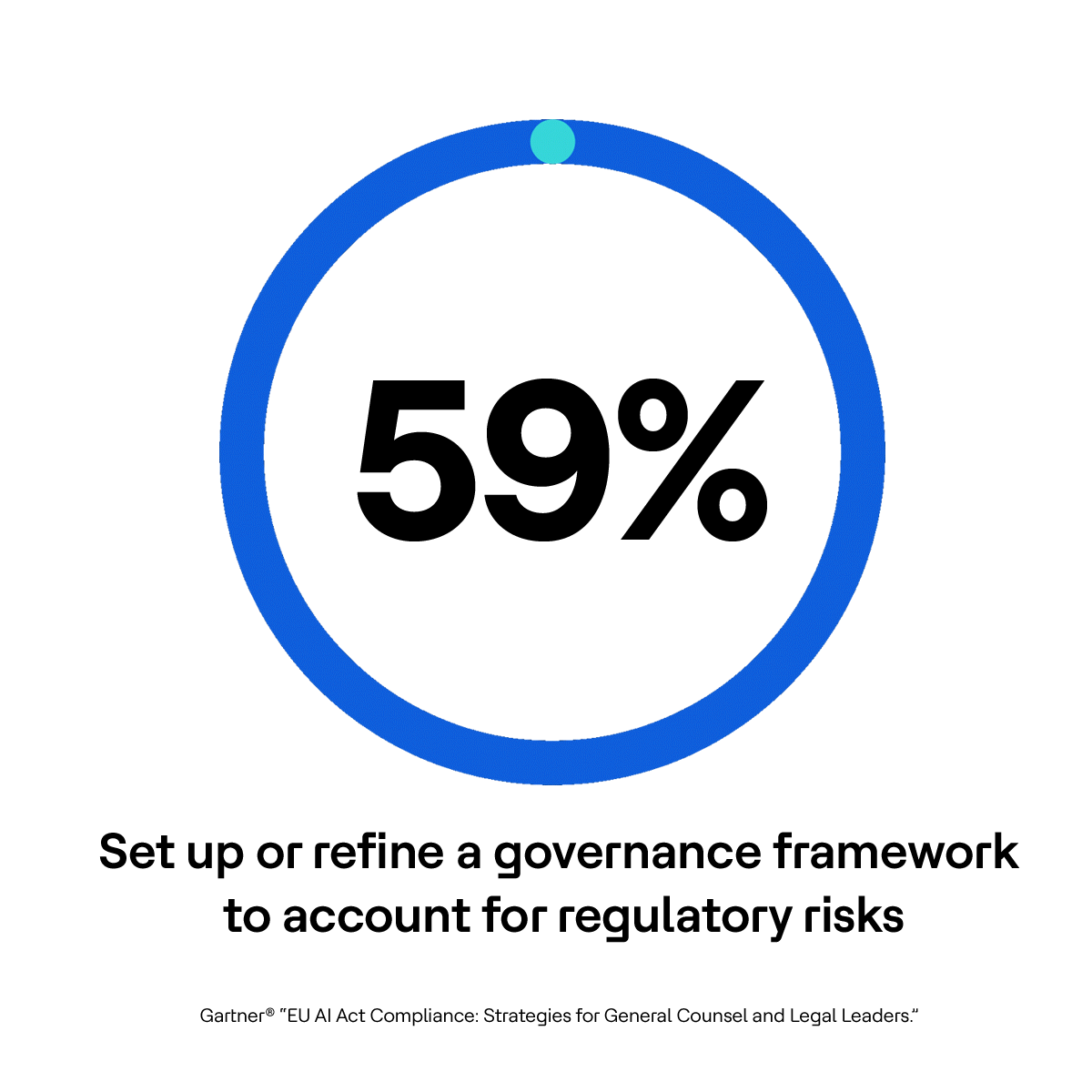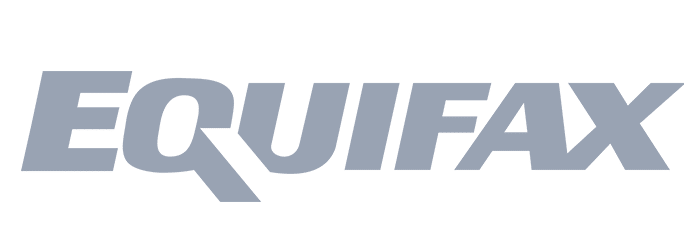Ensure compliance with responsible AI
Stay ahead of the EU AI Act with governed, high-quality, and auditable data.











What is the EU AI Act?
The EU AI Act is the first comprehensive legal framework for artificial intelligence. It marks a turning point in how AI is developed, deployed, and governed. Designed to ensure safety, fairness, and human oversight while promoting human-centric and trustworthy AI, the regulation applies to organizations building or using AI within or impacting the European Union.
The Act classifies AI systems into four risk tiers: unacceptable risk, high risk, limited risk, and minimal risk. Higher risk AI systems, such as those used in healthcare, financial services, or critical infrastructure, must meet strict requirements for data quality, governance, documentation, and human oversight.
While the Act took effect in 2024, new compliance requirements will continue to roll out in stages. Organizations that act early can build strong AI foundations now and avoid costly disruptions later.
Understanding EU AI Act principles
The Act is built on core requirements that define how AI must be developed and governed. It offers a regulatory and legal framework for AI within the EU and entails:

Organizations need to show clear human oversight and traceability across the AI lifecycle.
The data for training AI must be relevant, representative, and free from bias, with full documentation of sources and lineage.
Detailed technical and compliance documentation is mandatory for higher-risk systems.
Continuous assessment and mitigation are needed to manage safety, ethical, and operational risks.
AI systems must be resilient against errors, cyber threats, and misuse.
Users must know when they’re interacting with AI, what data is being used, and how AI decisions are made.
The cost of non-compliance
Failing to comply with the EU AI Act carries steep penalties and reputational risks.
- Fines: Up to €35 million or 7% of global annual revenue, depending on the violation.
- Operational delays: These delays can result from mandatory audits, product recalls, or market bans.
- Reputational damage: Non-compliance can erode public trust and investor confidence.
For any organization building or deploying AI that reaches EU citizens or operates in EU markets, the obligations are real and so are the risks. Early preparation reduces risk and positions organizations as leaders in ethical, transparent AI.
With the right approach, organizations don’t just meet requirements. They build AI systems that earn trust.

Best practices for AI readiness
To ensure compliance, organizations can start by focusing on the fundamentals that make AI manageable and measurable:
Inventory and classify AI systems
Identify which systems fall under higher risk categories and map dependencies across teams and vendors. This visibility helps prioritize governance efforts and uncover hidden risks.
Strengthen data governance
Ensure data quality, traceability, and lineage are documented throughout the AI lifecycle. This builds transparency, simplifies reporting, and makes compliance processes auditable.
Automate audit trails
Implement systems that capture metadata for model training, deployment, and decision-making. Automation mitigates manual errors and offers visibility into how models evolve over time.
Establish clear accountability
Define roles and responsibilities for AI oversight. Clear ownership ensures faster decision-making, stronger collaboration, and consistent compliance across projects and departments.
Monitor and report continuously
Build real-time observability to detect bias, drift, or anomalies before they become violations. Continuous monitoring improves performance and provides early warnings of issues.
Document model explainability
Maintain detailed documentation on how AI models generate outputs and make decisions. Explainability supports transparency and demonstrates alignment with EU AI Act principles.



